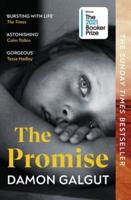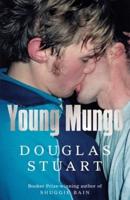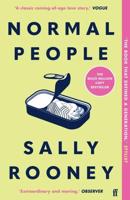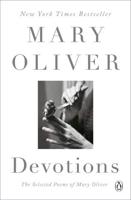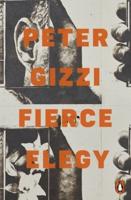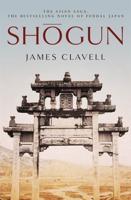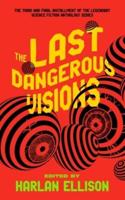Publisher's Synopsis
From one of America’s most beloved authors, a posthumous collection of newly discovered short stories and previously published essays and magazine pieces, offering a fresh perspective on the remarkable literary mind of Harper Lee.
The publication of To Kill a Mockingbird in 1960 created an overnight sensation: the novel won the Pulitzer Prize and went on to sell in the millions. Scout, Jem, Atticus, and the other indelible characters helped to create a landmark in the American canon. Another, darker version of small-town Alabama in the late 1950s emerged in Go Set a Watchman, Harper Lee’s only other novel, published in 2015 after its rediscovery.
Less remembered, until now, however, is Lee the dogged young writer, who crafted stories in hopes of magazine publication; Lee the devoted friend, who cultivated rich connections in Alabama and New York and accompanied her childhood companion Truman Capote to Kansas as he prepared to write the genre-defining In Cold Blood; and Lee the moviegoer, New Yorker, scholar, and citizen, who peppered the pages of McCall’s and Vogue with humane, thoughtful, wryly comic, and acutely observed essays in the latter part of the twentieth century.
The Land of Sweet Forever combines Lee’s early short fiction and later nonfiction in a volume as indispensable for her many fans as it is for students of American literature. From the Alabama schoolyards of Lee’s youth to the luncheonettes and movie houses of midcentury Manhattan, from Lee’s reflections on the responsible teaching of children to a delightful account of Gregory Peck and the To Kill a Mockingbird film set, The Land of Sweet Forever broadens our understanding of Lee’s extraordinary talent.
For the first time, readers can see Lee’s inimitable voice define itself both before and after Go Set a Watchman and To Kill a Mockingbird, touching on still-vital conversations about politics, equality, travel, love, fiction, art, the American South, and what it means to lead an engaged and creative life. This collection comes with an introduction by Casey Cep, Harper Lee’s appointed biographer, which provides illuminating background for our reading of these stories and connects them both to Lee’s life and to her two novels.

